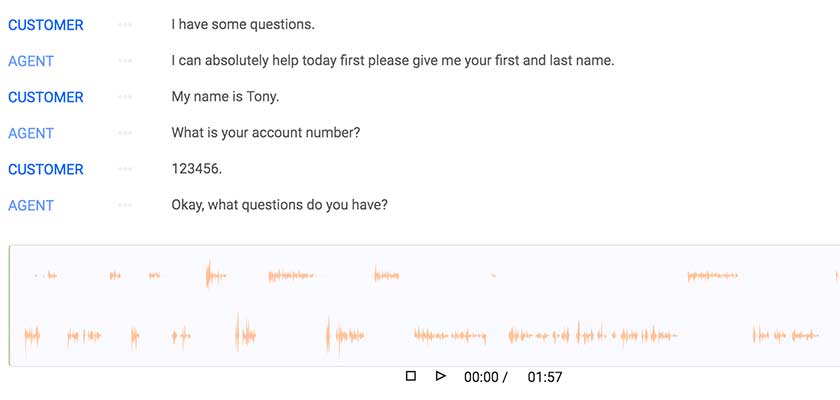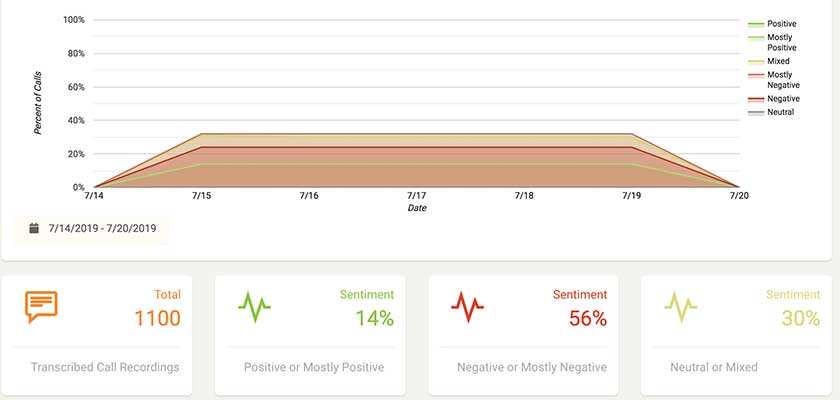Address
38 Eastwood Drive, Suite 401
South Burlington, VT 05403
Work Hours
Monday to Friday | 8AM—5:30PM EST


Call monitoring has become standard practice for the majority of today’s businesses. But listening to every recorded call is time consuming and tedious. Important information is often never detected, such as how an agent handled a difficult customer. One of the main benefits of call transcription makes is that it makes this process a lot more efficient.
Call transcriptions convert audio to text so that managers can quickly scan the calls instead of listening to the entire recording. Searchable call transcriptions make it even easier to monitor calls for quality. Managers can search all calls for specific words and phrases within a determined date range. This is far more accurate and efficient than manual call monitoring.
Here are a few of the advantages gained from call recording and call transcriptions:
Call transcriptions enhance the quality monitoring process and operational efficiency by providing a clear overview of how each agent handles every incoming call. Supervisors can see exactly where their agents are struggling. They can use that information to provide valuable feedback and training.


Transcriptions can also show which agents are consistently performing well, giving supervisors specific examples of successful calls for training purposes. And transcriptions are vital to ensuring agent script compliance and mitigating the risk of litigation, or settling minor disputes with customers.
The customer experience is vital to the success of any business, now more than ever. One way to ensure an exceptional customer experience is through the Voice of the Customer (VoC). Transcribing audio to text is a great way to capture the VoC, especially when combined with sentiment analysis.
Sentiment analysis uses specific words and phrases to quantify the mood of a conversation. For example, if a customer says, “I’ve been very satisfied with my service,” that phrase is flagged as a positive sentiment; however, the phrase, “I need to speak to a manager,” would get a negative score. The total score of the transcribed calls determines whether a customer had an overall positive or negative experience.

Sentiment analysis allows businesses to quickly detect and address common customer pain points. The result is a better understanding of customers’ needs and a more personalized experience. This can create new revenue and reduce customer churn.
Call transcriptions aren’t just for the call center’s benefit; you can put them to good use in other departments. For example, the sales department can use transcriptions to ensure that they consistently deliver customers’ expectations of products and services. Sales reps can use transcriptions to detect competitor mentions and threats. Speech to text is also used to identify cross- and upsell opportunities and how to move leads further along the pipeline.
The marketing department can also utilize call transcriptions for lead generation. Advertising is most successful when you truly connect with people. Marketers can see what customers want to optimize ads and increase quality leads. Ultimately, these efforts result in giving the customers just what they want.
Call transcriptions go beyond call monitoring – they provide an easy way to find call recording data that truly matters to a specific business. Transcribing audio to text reveals exactly what was said (and when) during calls. The main benefits of call transcription: they help you make informed strategic business decisions that address and resolve issues; they reduce agent and customer churn; and for more benefits, check out our speech analytics features that will benefit your customers and your company.